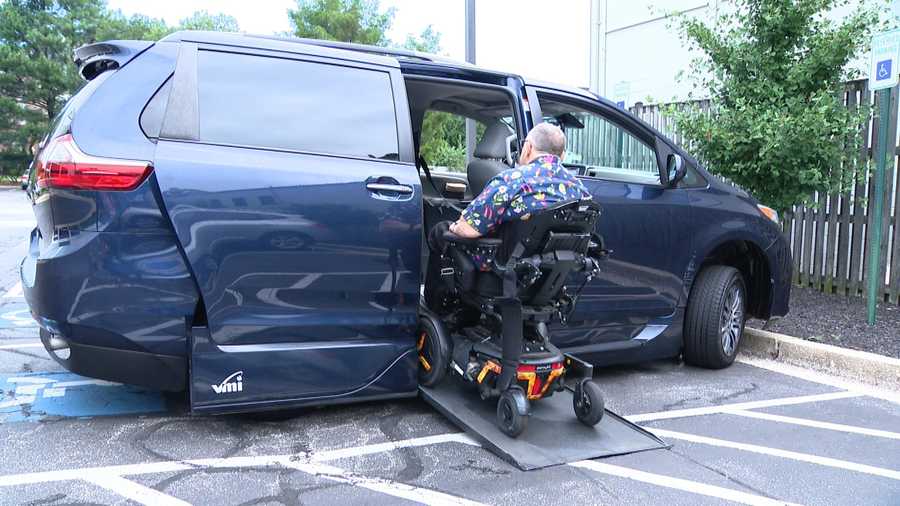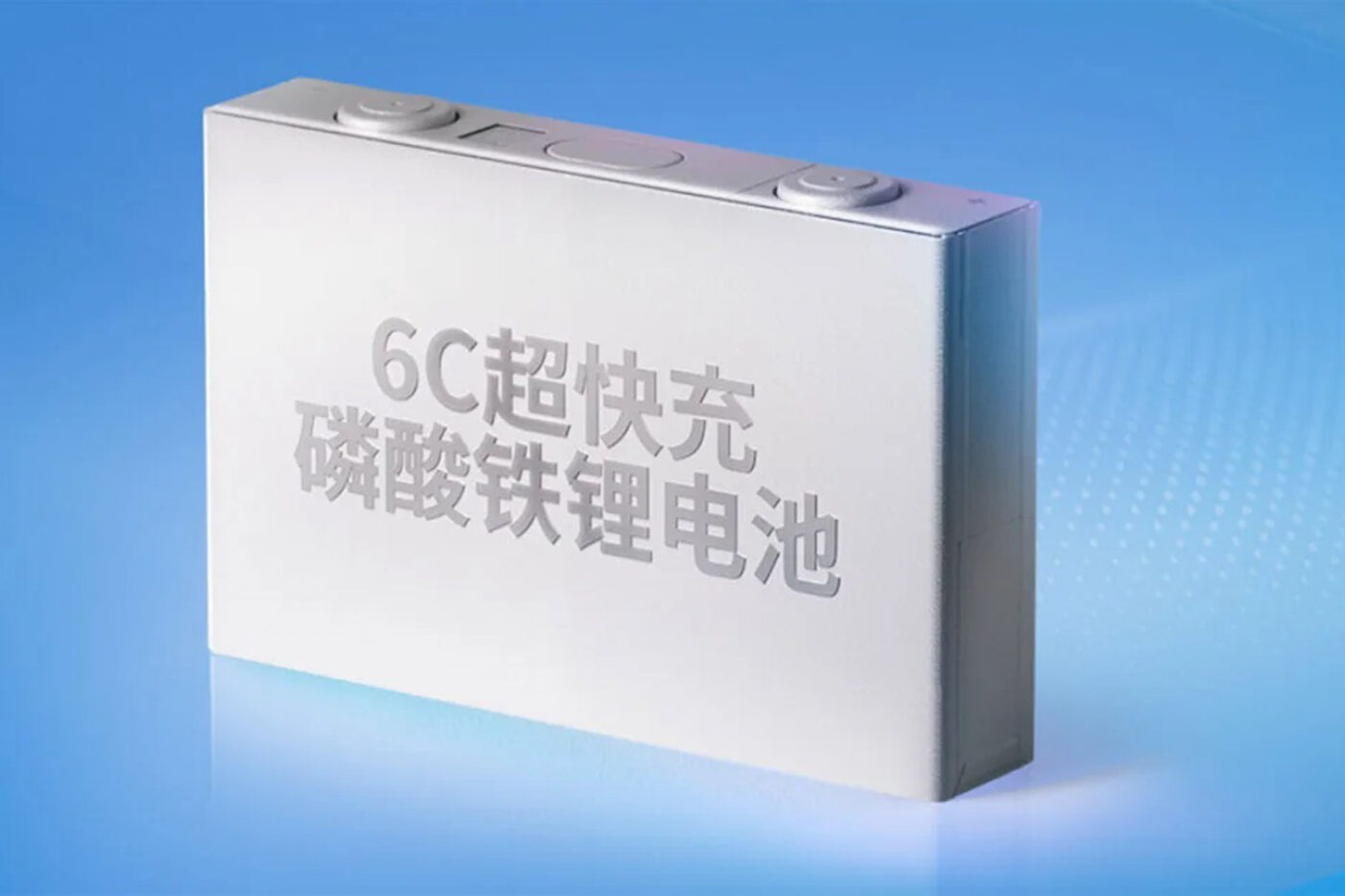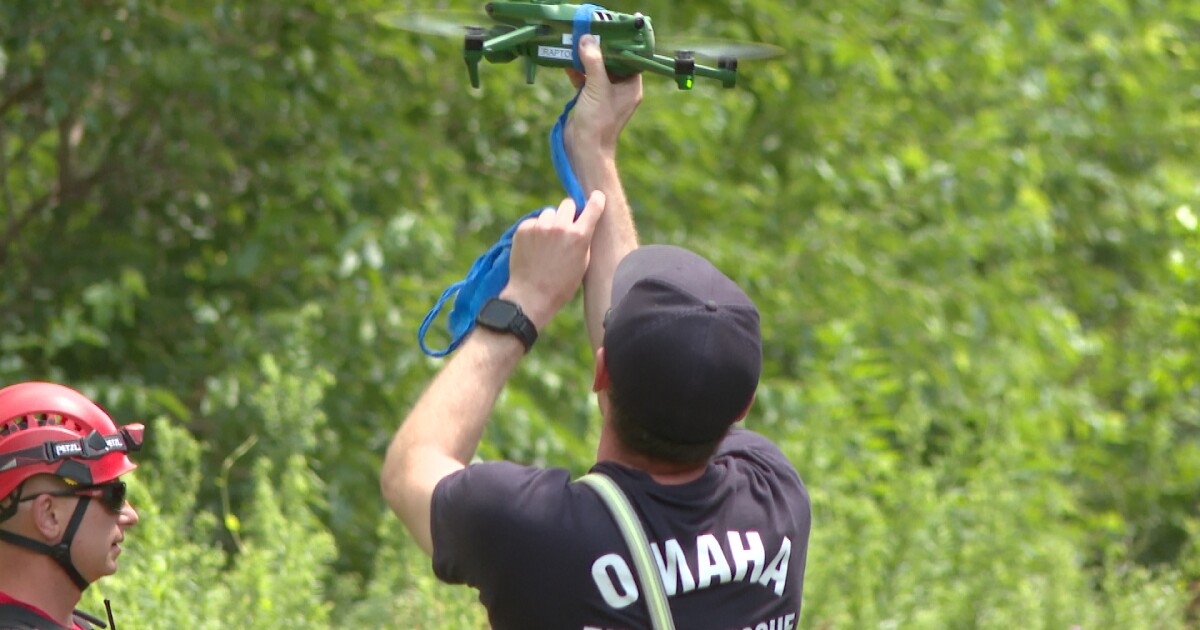Tech to the Rescue: How Assistive Tech is Empowering Older South Africans & People with Disabilities

As South Africa's population ages and the prevalence of disabilities remains a significant reality, the need for accessible and empowering solutions has never been greater. Fortunately, assistive technology is stepping up to the plate, offering a lifeline of independence and improved quality of life for older adults and individuals living with disabilities. From simple, low-tech aids to sophisticated high-tech devices, the options are expanding rapidly, and the impact is profound.
What is Assistive Technology?
Assistive technology encompasses a wide range of tools and devices designed to help people overcome limitations and participate more fully in daily life. It's not just about wheelchairs and hearing aids (though those are vital components). It includes everything from adapted cutlery and easy-grip tools to voice-activated assistants, smart home technology, and specialized software.
Low-Tech Solutions: Simple and Effective
Often, the most impactful solutions are surprisingly simple and affordable. Consider these low-tech examples:
- Magnifiers: Essential for individuals with visual impairments, making reading and everyday tasks easier.
- Adapted Cutlery: Designed for people with limited hand dexterity, allowing them to eat with greater ease and dignity.
- Grab Bars: Installed in bathrooms and hallways, providing stability and reducing the risk of falls for older adults and those with mobility challenges.
- Large-Button Phones: Simplifying communication for those with dexterity or cognitive impairments.
High-Tech Innovations: A World of Possibilities
The advancements in high-tech assistive technology are truly remarkable. Here are a few examples:
- Smart Home Devices: Voice-controlled lighting, thermostats, and appliances offer increased independence and safety for individuals with mobility issues.
- Wearable Sensors: Monitor vital signs, detect falls, and provide emergency alerts, offering peace of mind for caregivers and users alike.
- Augmentative and Alternative Communication (AAC) Devices: Enable individuals with communication difficulties to express themselves and connect with others.
- Exoskeletons: Assist individuals with paralysis or weakness to walk and perform other movements.
The Impact in South Africa
In South Africa, access to assistive technology remains a challenge, particularly for those in rural areas or with limited financial resources. However, increased awareness, government initiatives, and the growth of non-profit organizations are working to bridge this gap. The potential benefits are immense: increased independence, improved mental well-being, greater social inclusion, and a reduced burden on caregivers.
Looking Ahead
The future of assistive technology is bright. We can expect to see even more innovative solutions emerge, driven by advancements in artificial intelligence, robotics, and the Internet of Things. As technology becomes more affordable and accessible, it will play an increasingly vital role in empowering older South Africans and people with disabilities to live fulfilling and independent lives. It's not just about technology; it's about fostering a more inclusive and equitable society for all.






